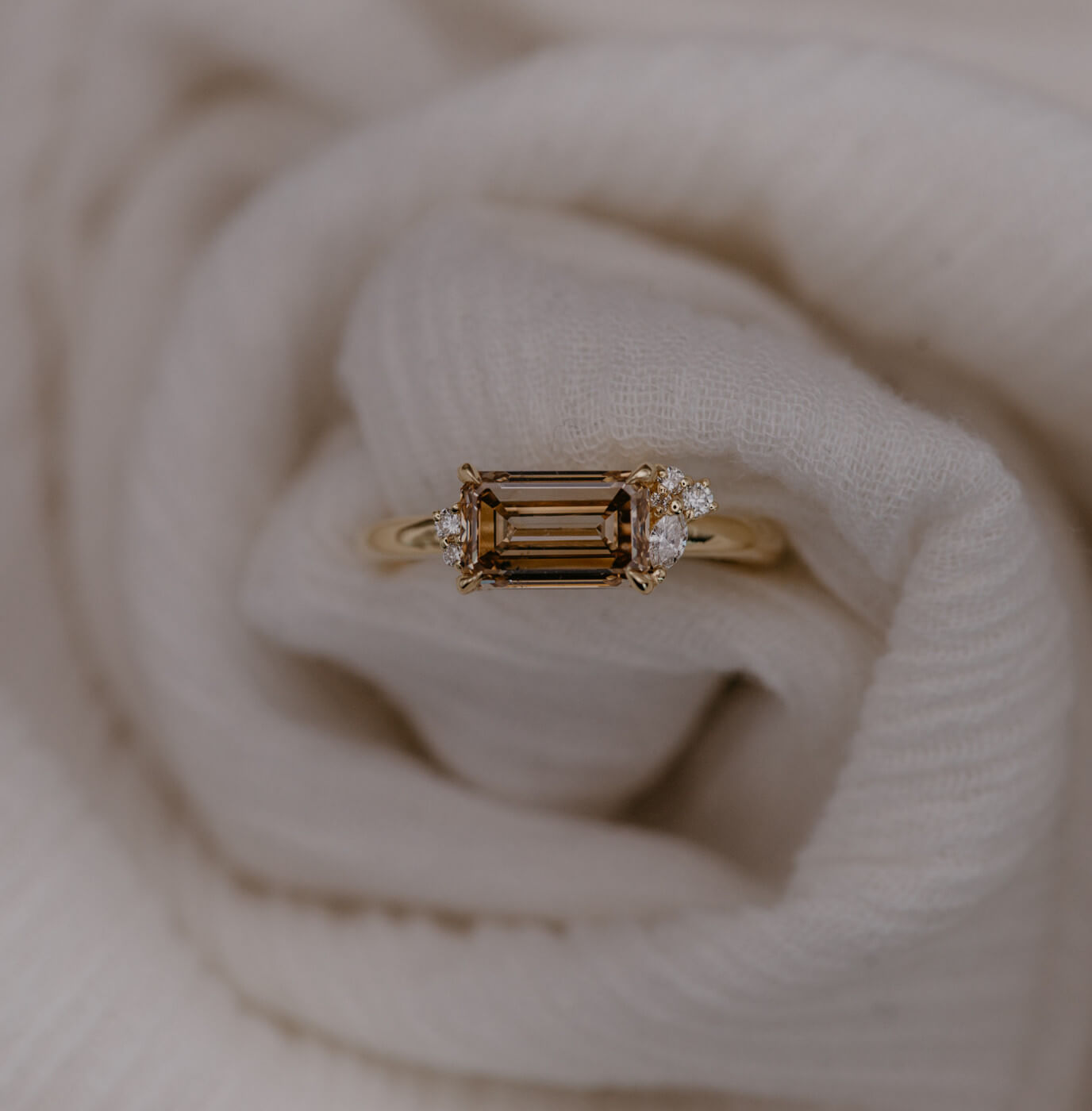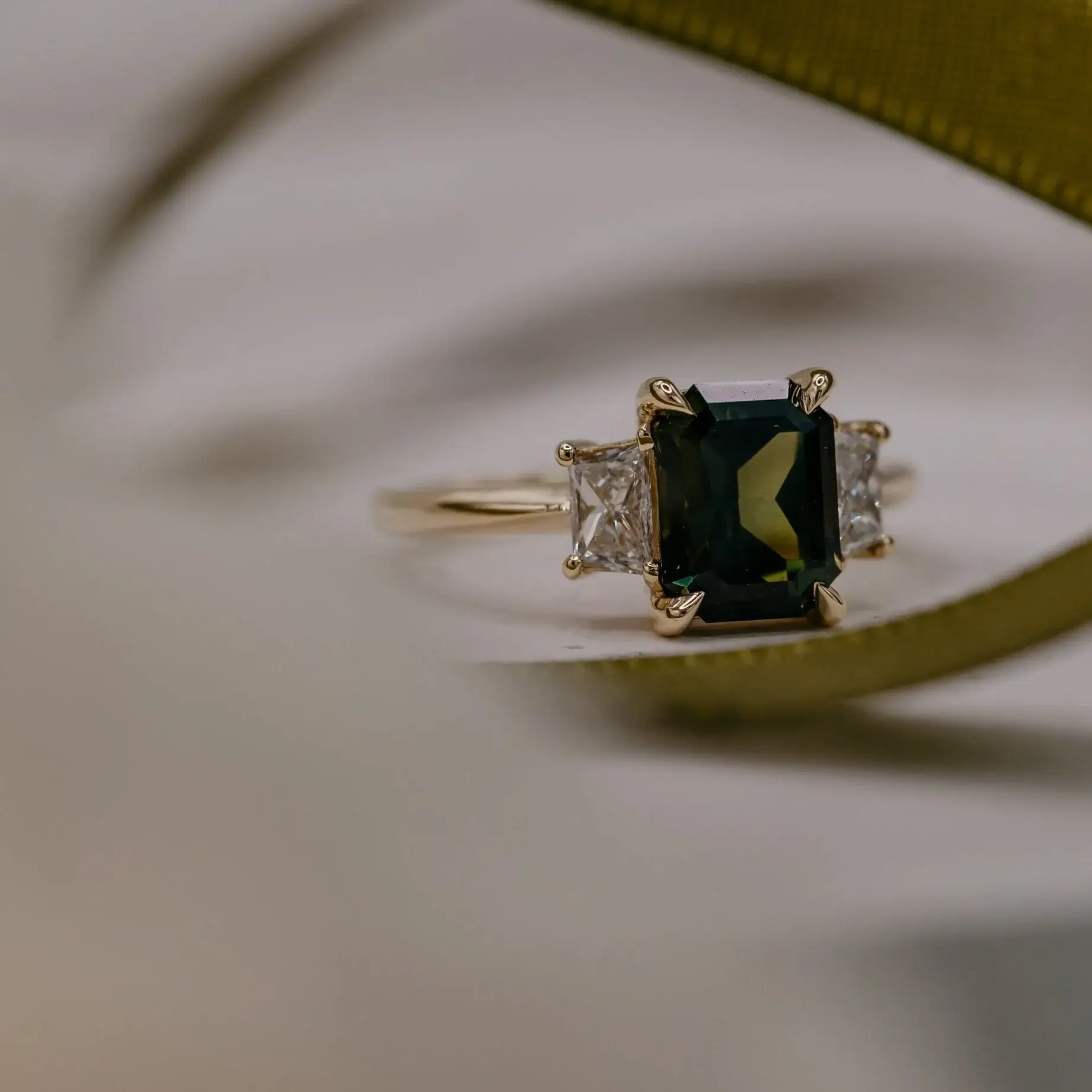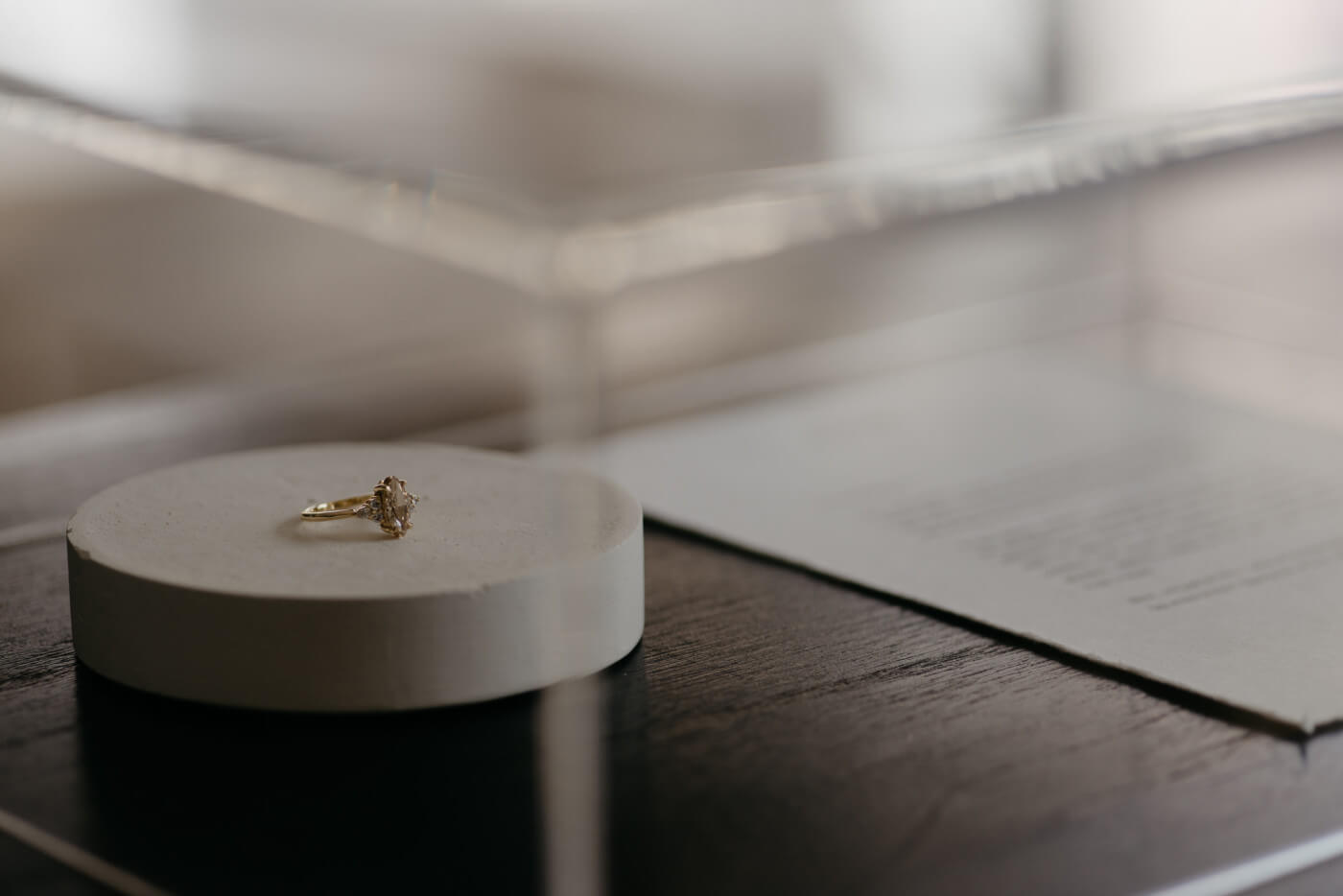This is the Lei è Engagement Ring Journal.
Discover how to maximise your budget, decode the diamond industry, and ensure a smooth consultation experience.
Series Two…
Getting the most out of your budget
This week is part 2, in which we are looking at how to unlock unrecognised diamond value.
PART TWO “HOW TO find discounted value”
ALRIGHT, let’s do it…
I’m going to lay out my top suggestions of where to focus on finding the hidden value. Then we can delve deeper into it.
-
COLOUR, Colour all day long. I’ve got so much to say on this. So much so that I’ve written a whole other article on it - see here.
-
Colour deep into the scale, M+
-
OR, if you are looking white, look at a G. No need to go whiter.
-
-
CLARITY; I don’t believe that VS1+ is necessary. You can find well positioned inclusions in SI1 or SI2’s that will not largely affect clarity outside of magnification.
-
Irregular Proportions; which increase dimensions without gaining carat weight.
-
Cut specifics, such as girdle - when your design allows for it, you can strategically design a piece to disguise poor cut characteristics.
These are my top four recommendations on where to look for unrealised value.
I want to stress one point before we trudge onward.
The diamond industry has done an amazing job at disguising these irregularities as imperfections that are not worth your investment.
This bolsters up the prestige and allows for the perception of rarity to be further exploited.
Two points on this…
-
“Not worth your investment”… Your diamond should not be considered an investment or a ‘store of value’. We do a deep dive on this point, in our article here , which is a must read. We pick apart this concept that was developed by the diamond and it folds like a cheap camp chair under the lightest scrutiny.
-
These ‘imperfections’ are disguised well and often very subtle in nature. Often it has taken us months of search to find the perfect pairing of many of these ‘less desirable’ characteristics in order to find a great diamond at an amazing price. So we need, patience and attention to fine detail.
COLOUR
Colour is a funny one, as it almost doesn’t belong under this guide of ‘ finding discounted value’.
The reason being, is that we find ourselves rustling around in this category by choice not limitation.
By which I mean; most of our customers that are looking for a yellow diamond, prefer a ‘pale yellow’, which leads us to looking at white diamonds with a colour range of M+ (for example, see below), which just so happens to also come at a huge price advantage due to these diamonds being seen as ‘flawed’ white diamonds.
So essentially, we are operating in this diamond category regardless of budget constraints.
It is definitely worth a read of our article on the rationale behind these warm white diamonds being cheaper, see here , but for now - you just need to know:
COLOUR is an amazing place to start searching for affordable diamonds, that are equally if not more beautiful.
CLARITY
This doesn’t need to be a long drawn out point, it’s fairly black and white.
You don’t need to go beyond VS2 in clarity. Even SI1 and SI2 are absolutely fine and anything beyond that, you’ll be paying significantly more for a marginal difference.
The best way to unlock discounted value in this instance, is to get into the weeds on the GIA cert…
What you are going to be looking for is, where the inclusions are located on the diamond. This will be shown under ‘Clarity Characteristics’ on the certification.
What you will be looking for is inclusions that are located towards the outer rims, or under the facets. In essence, you just don’t want a singular large inclusion right in the middle of the table (which is the large flat area on the face of the diamond). You can see above, the inclusions are situated under the table, therefore they will be easier to see. Not a complete red-flag but worth noting.
IRREGULAR PROPORTIONS
This is one of my favourite ‘hacks’ (I hate that term, but it’s very appropriate here).
We touched on this in previous weeks, which is the idea of ‘spready cuts’.
What this means is, the spread of the diamond (looking top down) is quite wide in dimensions.
This happens due to their being a low pavilion and wide top surface of the stone, compared to it’s carat weight.
For example, a 1.5ct oval diamond, would likely have the dimensions of approx. 8×6mm if the proportions/ratios are cut correctly. However, if the stone has ‘less than perfect’ cut ratios, the pavilion will be more shallow, resulting in wider dimensions from the top view, as high as 9×6.5mm. Which is visually a huge difference.
The Downside;
I’m sure a few of you are thinking ‘why not always cut the diamonds to optimise for this spready look!?’
Well it does come at a sacrifice…
The proportions are important for a reason. They return the highest degree of brilliance and sparkle.
The pavilion being too shallow, will not allow for the light to most effectively bounce around and reflect back out through the table. Some of the light will be lost through the bottom.
However, THIS IS OUR OPPORTUNITY! The entire point of this series.
Yes, you will lose someof the diamonds potential. But with that loss, there is a massive price reduction.
I can’t wait to show you this diamond we recently just acquired for a customer, that is a warm white - which is the main appeal, therefore we were happy to lose some sparkle. We found one with a very low pavilion which meant it was incredibly wide for its carat weight.
I believe it was a saying of around 4-5k, in visual value.
CUT
This isn’t as important as the prior three, however it is a rock that we won’t leave unturned.
Finding diamonds that have uniquely poor cuts can open up opportunity if you are designing a piece that can allow for these characteristics to be hidden.
Let me explain…
We recently designed a trilogy piece that had very solid half moon cut diamonds as the side stones. We weren’t sure what centre stone to choose for this piece as the price would likely become too higher for our customer based.
So we sourced a ‘less than perfectly’ cut warm white diamond, that was very cost effective.
The issue with the cut was an abnormally thickly cut girdle. As more than 85% of engagement rings are solitaires, the girdle would be quite obvious and therefore this resulted in the diamond being considered flawed due to market trends, alone.
Once we paired this with the half moon cut diamonds, were were able to set the stones to disguise this feature and create an amazing piece for a fraction of the price that an otherwise ‘ideal cut’ would fetch.
See Below;
05⌇Three Stone of Warm Oval & Diamond
Made from 18ct Yellow Gold, 2.01ct U-V VS2 Oval Diamond; 9.01 x 5.99 x 4.42mm
The devils in the detail.
It’s not an easy process sourcing these diamonds, however they exist! So don’t see the main street prices and think that an amazing diamond isn’t in your future.
We’ll work with you to extend this budget beyond what you thought possible.
Organise a time below, to either come by the Lei è studio or book in a virtual consultation.




